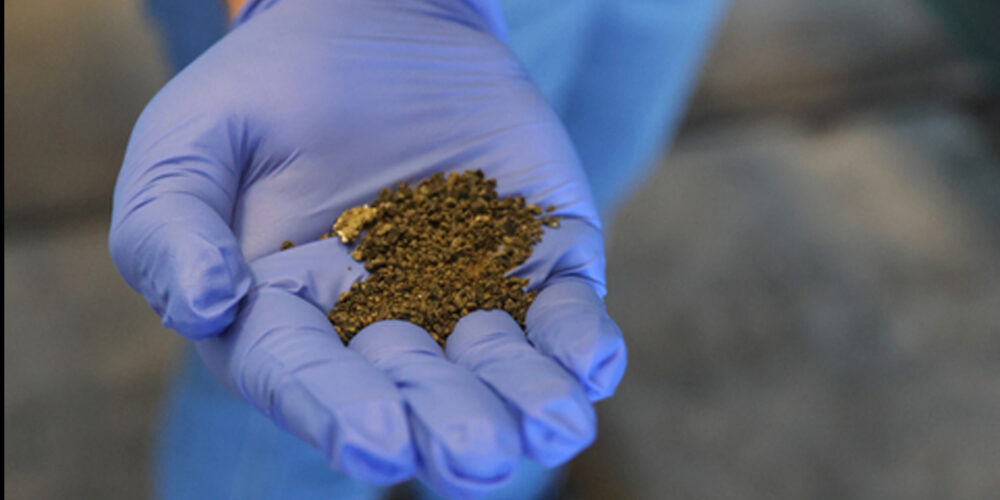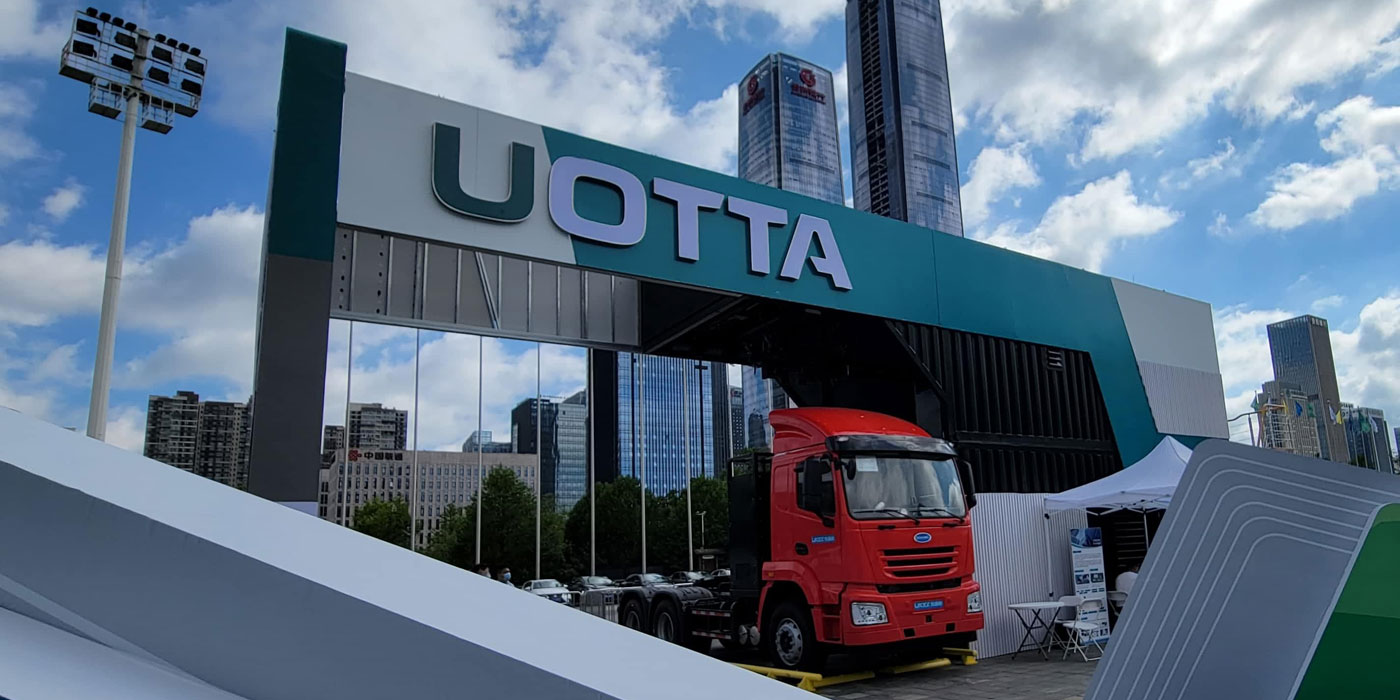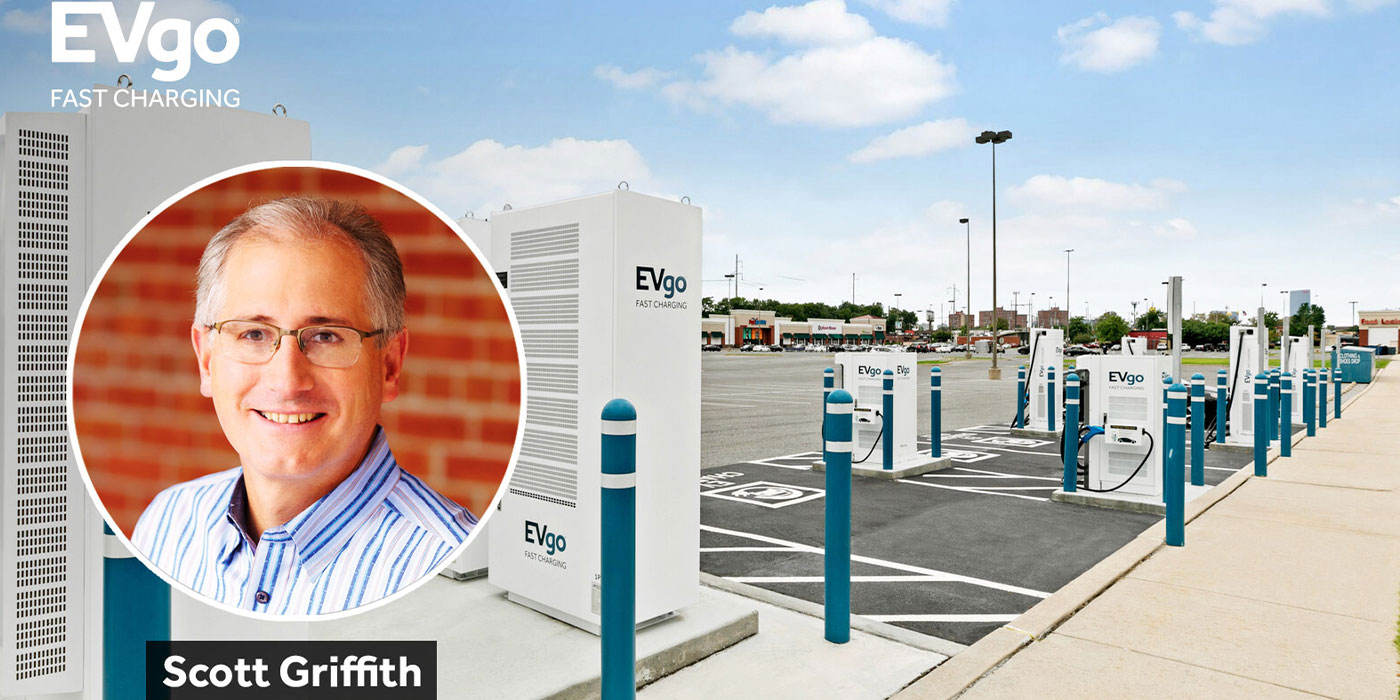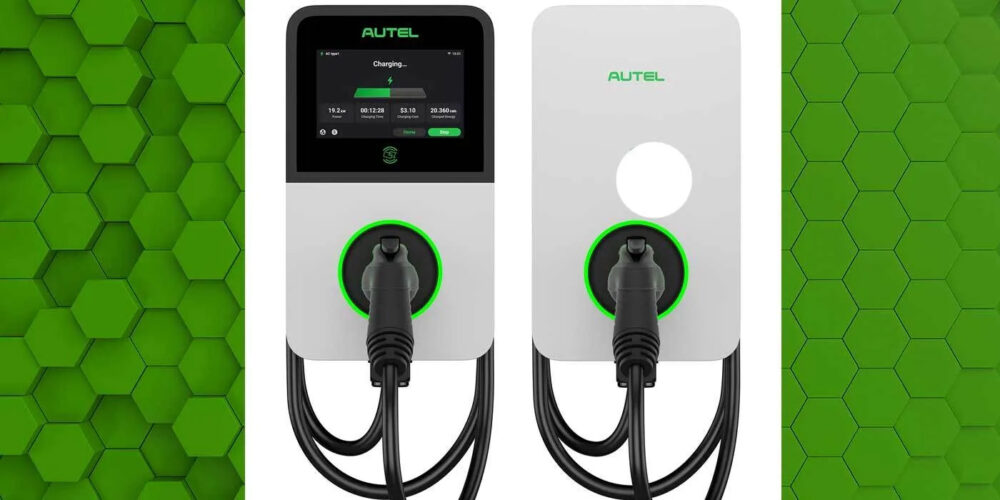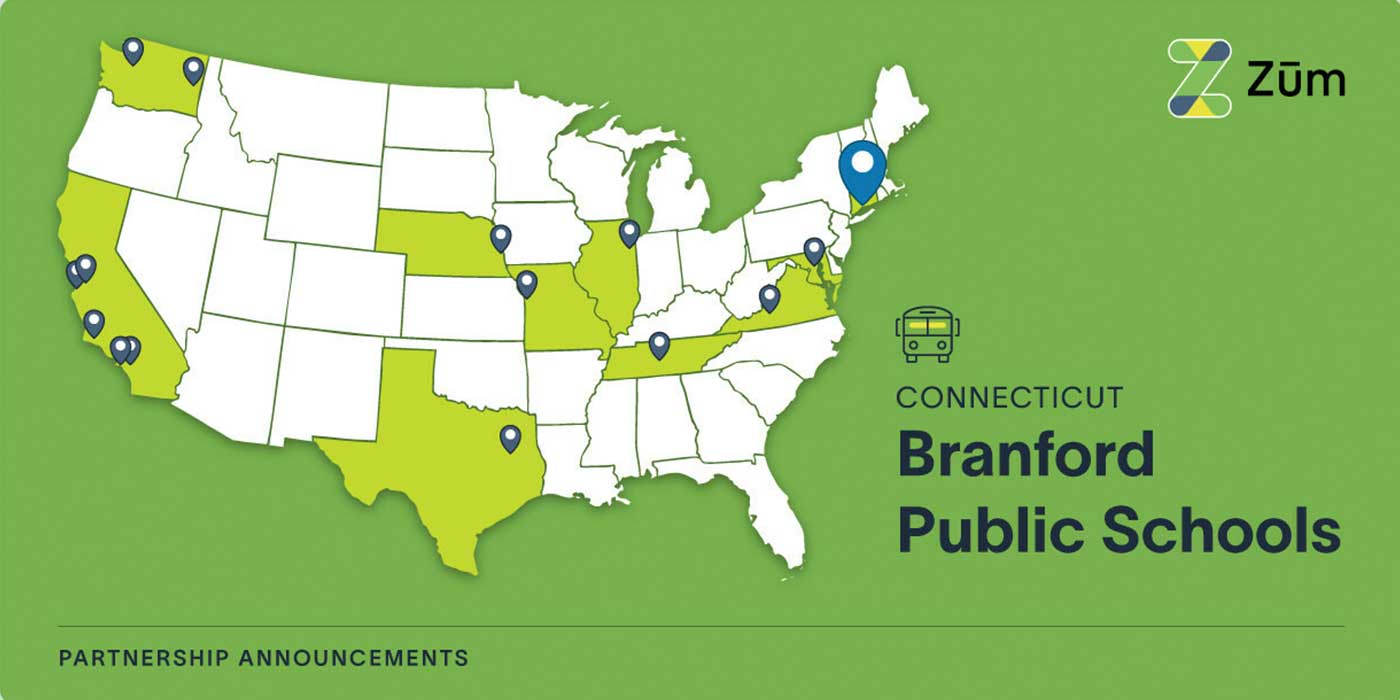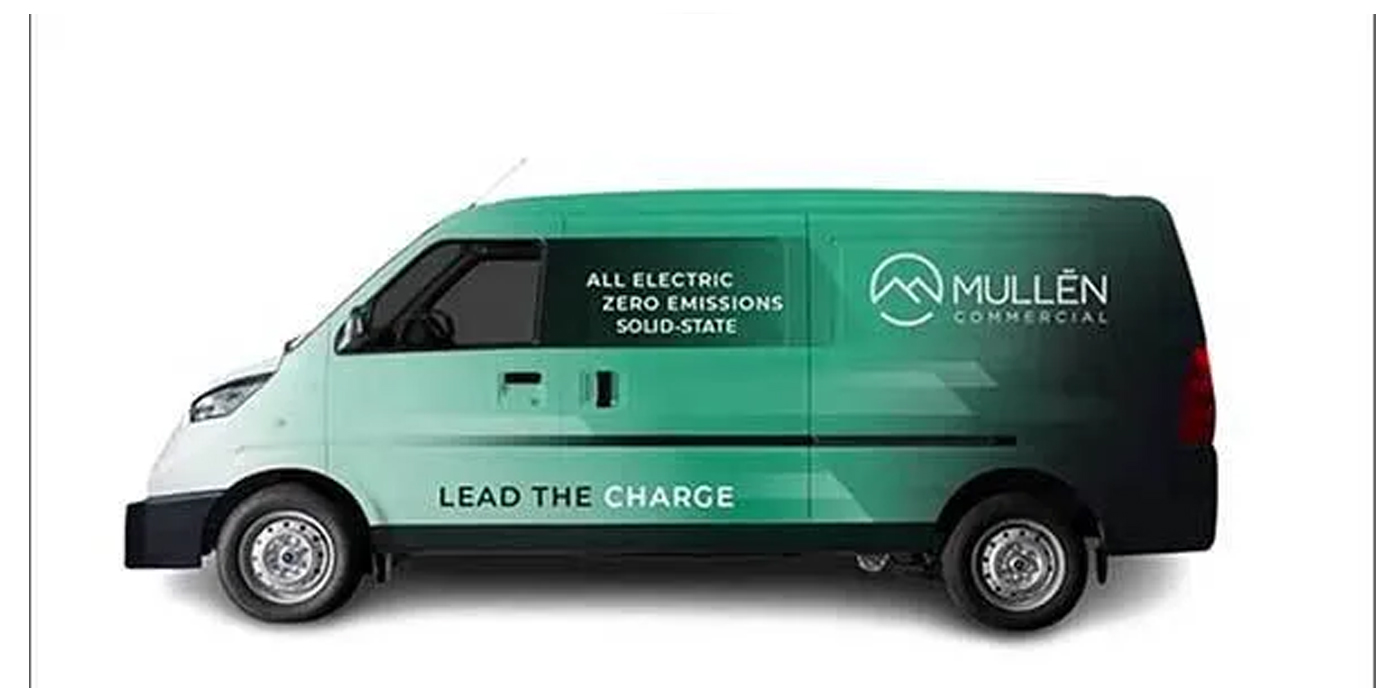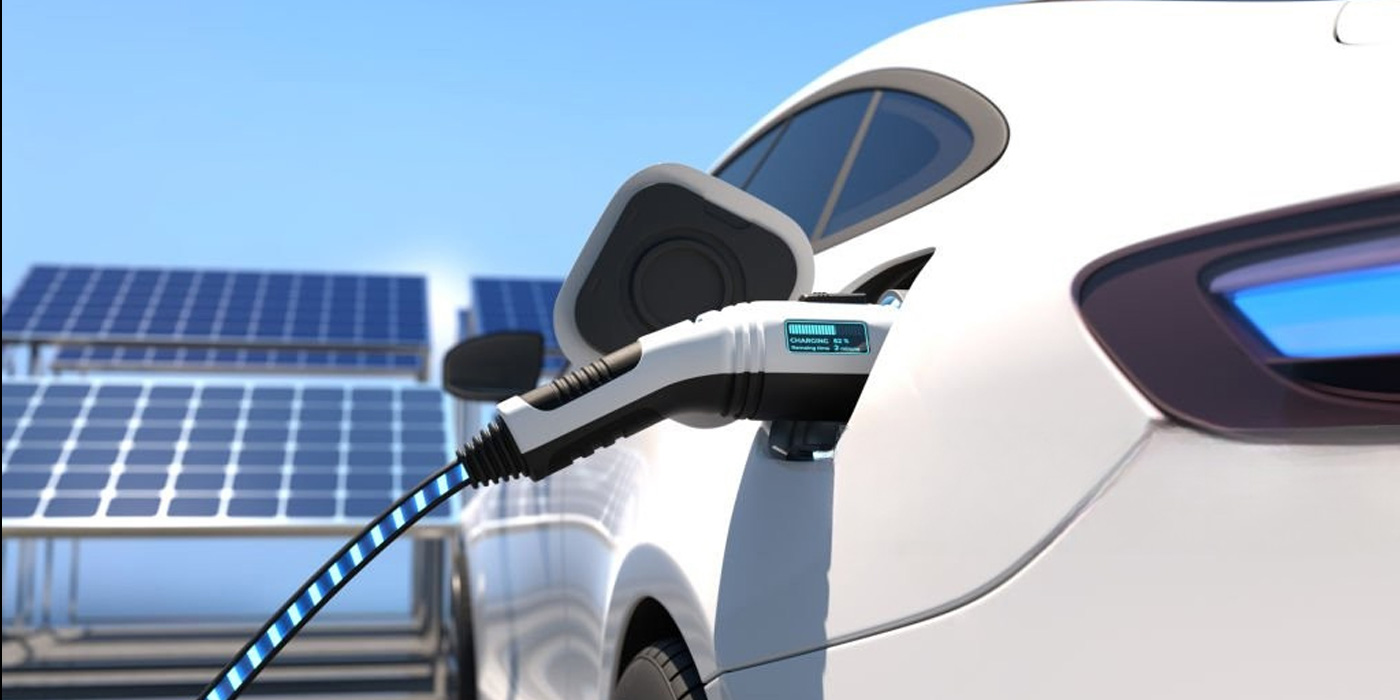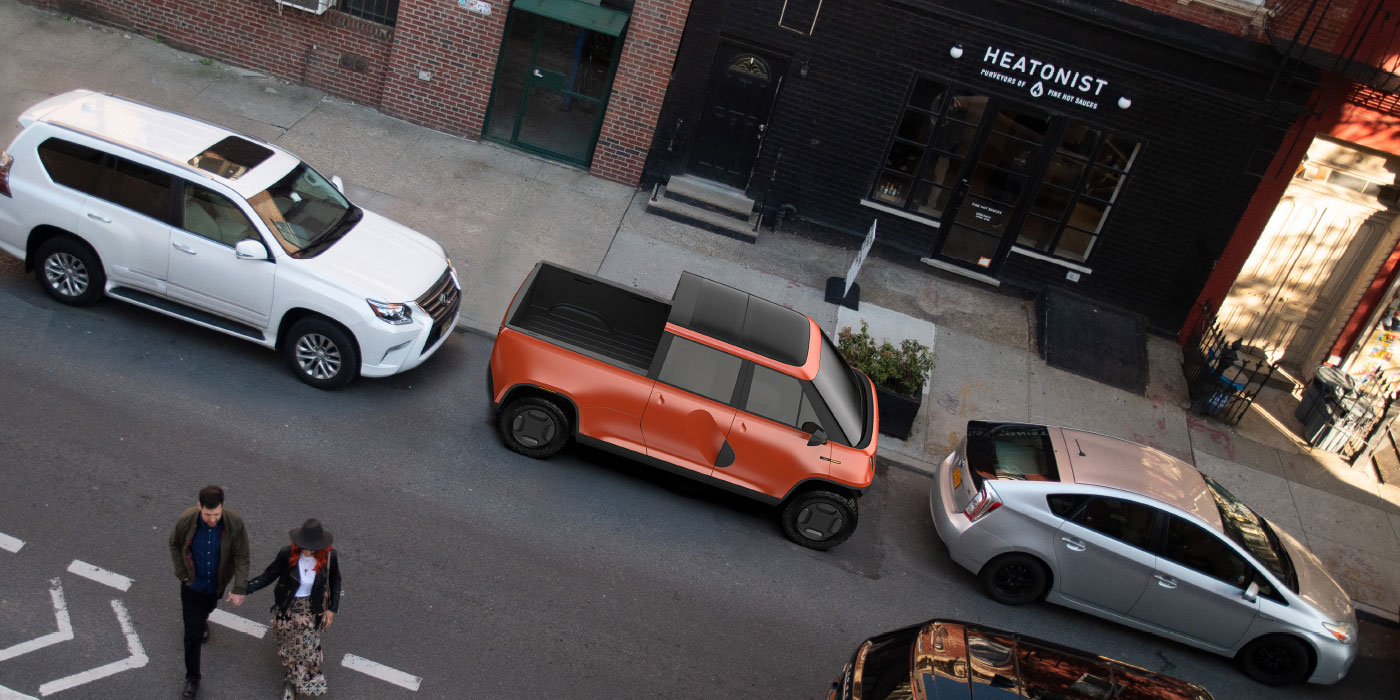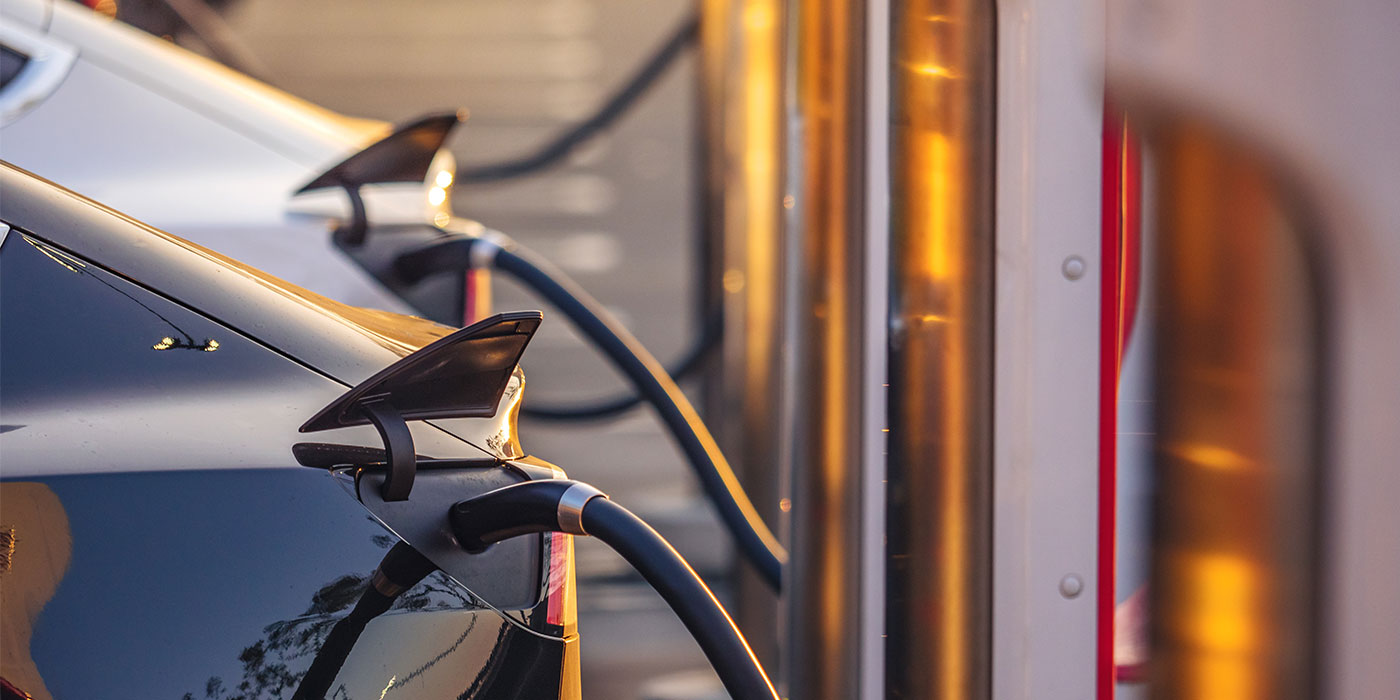Green Li-ion, a lithium-ion battery recycling technology company, announced the launch of its first commercial-scale installation to produce sustainable, battery-grade materials, the first of its kind in North America, it said.
The plant, located within an existing recycling facility, will produce valuable battery-grade cathode and anode materials from concentrated components of spent batteries using Green Li-ion’s patented multi-cathode-producing Green-hydrorejuvenation technology, the company said.
The current recycling process for spent lithium-ion batteries in North America includes sorting batteries before shredding, which are then processed into “black mass” and further into sulfates. The material is then exported overseas, most often to China and South Korea, for further processing, according to Green Li-ion.
Green Li-ion said its patented technology utilizes a novel and advanced hydrometallurgical approach that closes the recycling loop by directly converting recycling scrap into battery-grade precursor cathode active material (pCAM) without being exported for further processing. In contrast to legacy processes, Green Li-ion’s process significantly reduces production time, yielding pCAM in around 12 hours. It also boasts environmental benefits, emitting up to 90 percent fewer GHG emissions than virgin materials processing, the company said.
The Green Li-ion installation is the first plant on the continent capable of processing unsorted black mass of different Li-ion battery chemistries into pCAM at commercial scale, ensuring 99 percent purity, according to the company. The Atoka plant and all other Green Li-ion installations are fully customizable, capable of producing materials meeting the specifications battery cell producers require, and based on customers’ desired material output from the plant.
The Green Li-ion plant in Atoka is expected to create two metric tons of pCAM at battery grade, or the equivalent of 72,000 smartphone batteries per day, with plans to quadruple this capacity within the coming year.

